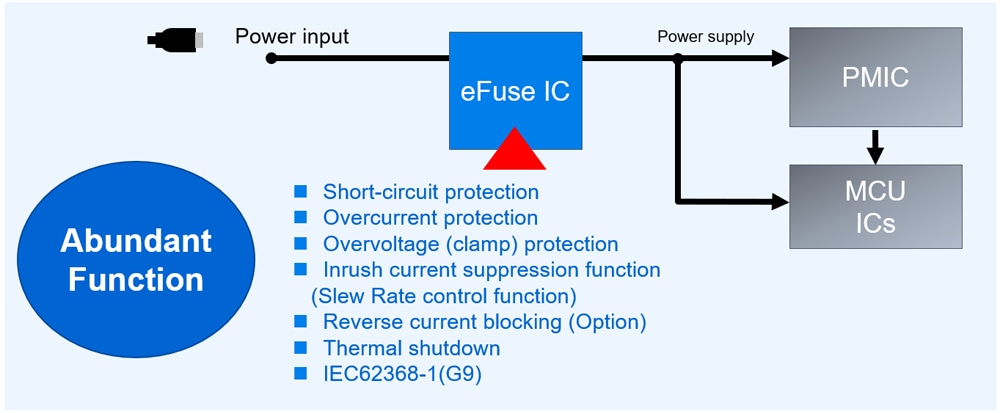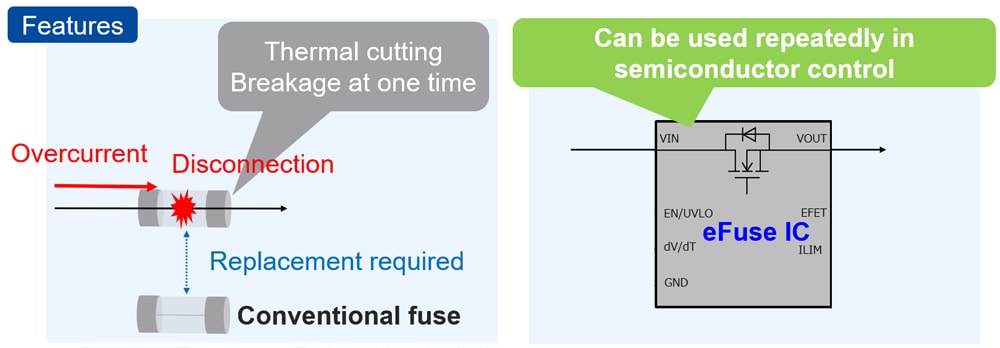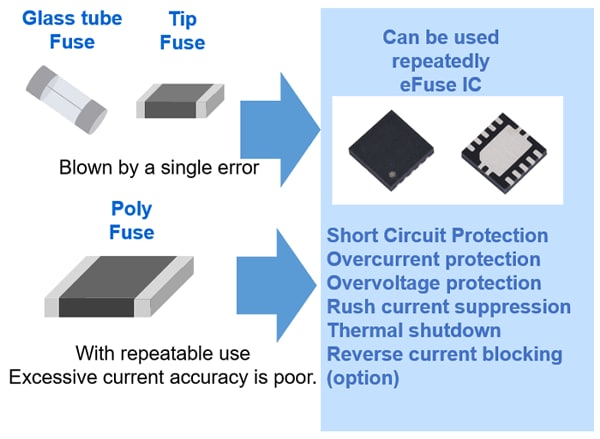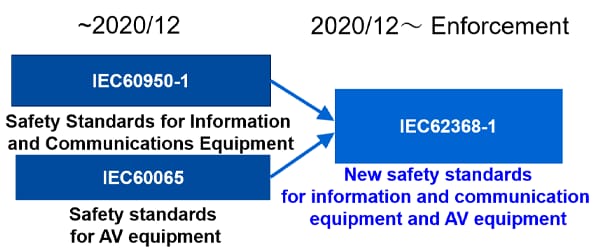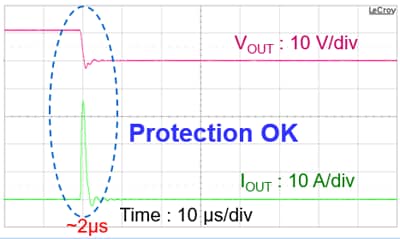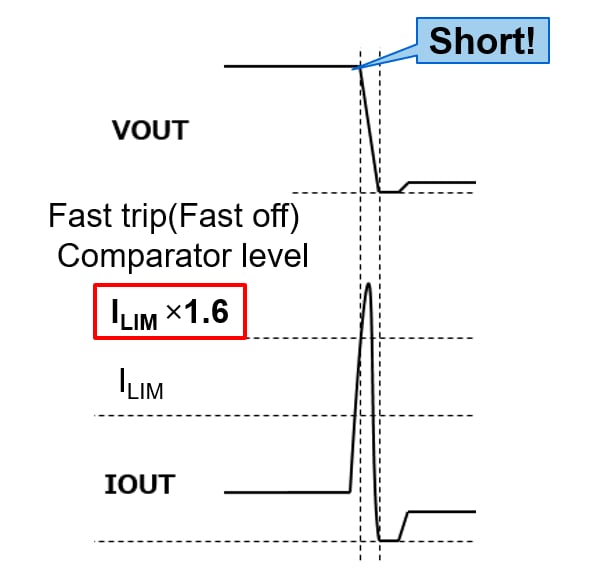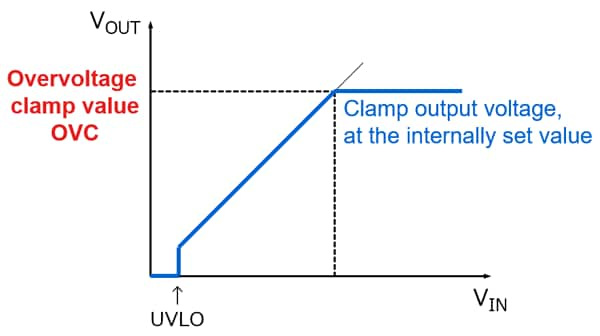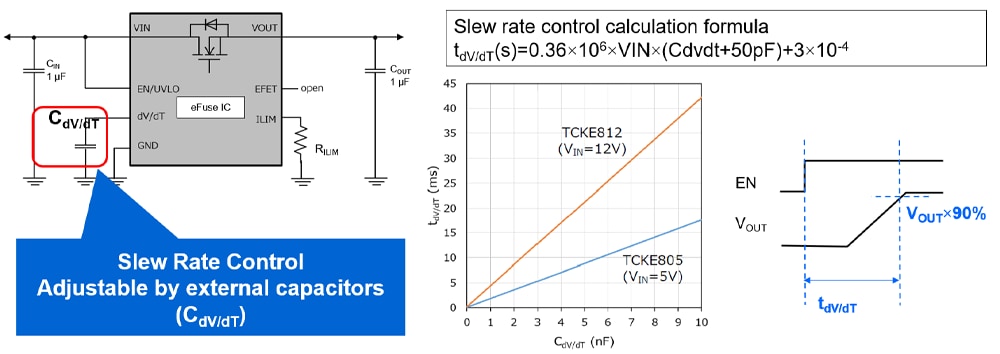- 半導體首頁
-
應用Automotive
Body Electronics
xEV
In-Vehicle Infotainment
Advanced Driver-Assistance Systems (ADAS)
Chassis
IndustrialInfrastructure
BEMS/HEMS
Factory Automation
Commercial Equipment
Consumer/PersonalIoT Equipment
Healthcare
Wearable Device
Mobile
Computer Peripherals
-
產品車用元件
Discrete Semiconductor
Diodes
電晶體
通用邏輯IC
Analog Devices
Digital Devices
Wireless Devices
※
: Products list (parametric search)
功率半導體※
: Products list (parametric search)
隔離器/固態繼電器Photocouplers
Digital Isolators
※
: Products list (parametric search)
MOSFETsIGBTs/IEGTs雙極性電晶體※
: Products list (parametric search)
Diodes※
: Products list (parametric search)
微控制器馬達驅動 ICs智能功率 ICs※
: Products list (parametric search)
電源管理 ICs線性 ICs※
: Products list (parametric search)
通用邏輯 ICs線性影像感測器其他產品其他產品
※
: Products list (parametric search)
-
開發/設計支援
開發 / 設計支援
-
技術知識
- 購買管道
- 型號 & 關鍵字搜尋
- 交叉搜尋
- 參數搜尋
- 線上庫存查詢跟購買
This webpage doesn't work with Internet Explorer. Please use the latest version of Google Chrome, Microsoft Edge, Mozilla Firefox or Safari.
型號需要超過三個文字以上 Search for multiple part numbers fromhere.
The information presented in this cross reference is based on TOSHIBA's selection criteria and should be treated as a suggestion only. Please carefully review the latest versions of all relevant information on the TOSHIBA products, including without limitation data sheets and validate all operating parameters of the TOSHIBA products to ensure that the suggested TOSHIBA products are truly compatible with your design and application.Please note that this cross reference is based on TOSHIBA's estimate of compatibility with other manufacturers' products, based on other manufacturers' published data, at the time the data was collected.TOSHIBA is not responsible for any incorrect or incomplete information. Information is subject to change at any time without notice.
型號需要超過三個文字以上
Overcurrent protection function (OCP)
The overcurrent protection function prevents damage to the IC and load by suppressing power consumption in the event of an error. If the output current exceeds the limit current (ILIM) due to a load error or short circuit, the output voltage and output current also decrease, thereby limiting the power consumed by the ICs and the load.
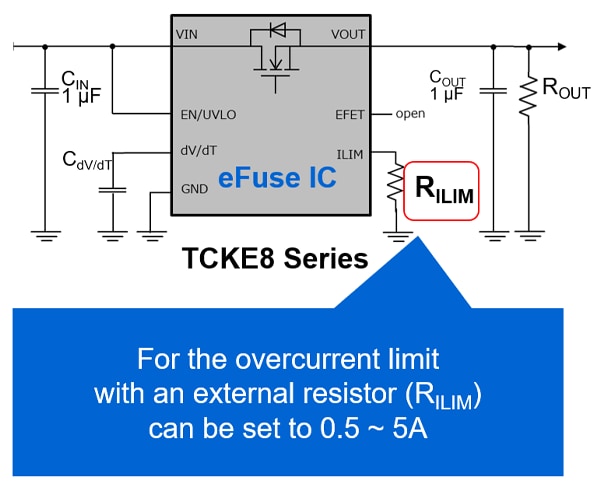
Basic circuit
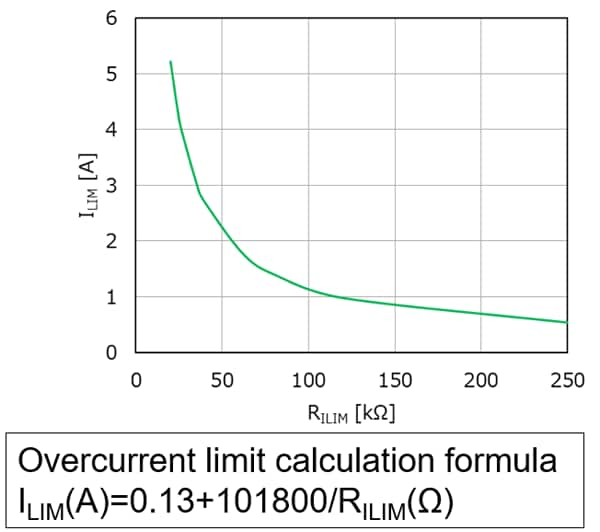
Limited current ILIM-external resistor RILIM
This overcurrent protection has the advantage of being adjustable with an external resistor.
The resistor surrounded by a red frame in the circuit diagram shown at left is an external resistor RILIM.
With this external resistor, the overcurrent limit can be set to 0.5A~5A for TCKE8 Series.
This overcurrent limit and external resistor RILIM are shown in the diagram at right and the equation below it.
As shown in this graph, the overcurrent limit is determined according to the resistance value.
It has the advantage of improving design flexibility because the overcurrent limit can be set arbitrarily simply by changing one external resistor.
(Be sure to check the resistance value with the actual machine when selecting the resistance value.)
●Comparison of eFuse IC performance with conventional fuses

|
eFuse IC |
Polyfuse |
Chip fuse |
|---|---|---|---|
Rated current |
3 A (setting) |
3 A (Rated) |
3.1 A (Rated) |
Overcurrent Protection operation |
|
|
|
Overcurrent Protective operation |
|
|
|
Even if you think that poly fuses and chip fuses can protect the circuits, there is a possibility that the circuits cannot actually be protected.
This diagram compares the overcurrent protection operation among between the eFuse IC and Poly fuse and chip fuse.
(For comparative purposes, eFuse IC overcurrent setting, poly fuse, and chip fuse ratings are unified around 3A.)
When the overcurrent of 5A was applied,
- eFuse IC turned off the current and the output voltage in only 1μs-2μs
- the poly-fuse and chip-fuse could not turned off the current even if the overcurrent of 5A was applied , and the output voltage also remained on.
When an overcurrent of 10A was applied,
- eFuse IC turned off at only 1μs-2μs as in the case of 5A.
- the polyfuse turned off 2.6 seconds, the chip fuse did 3.5μs,
however, the chip fuse was bloken, and needed to replace it.
eFuse IC基礎知識
Related information
- Product Web Page
- Applidcation Notes
- FAQ
- Parametric searches for all Toshiba eFuse IC products are available here:
- Stock Check & Purchase Toshiba eFuse IC here


